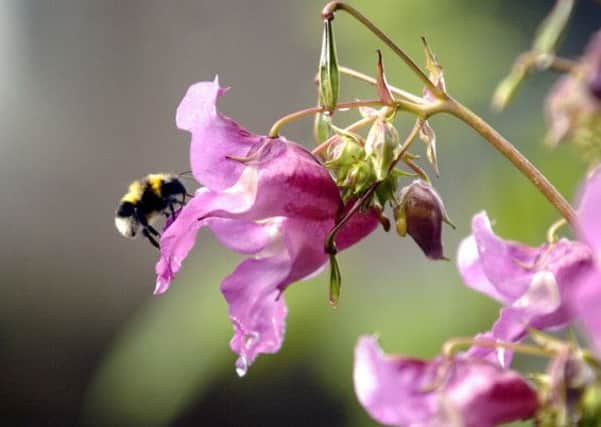No consistent drop in species, say Scots scientists


Instead, the research into 100 communities and a total of 35,000 species, from trees to starfish, found changes in which species are living in any one place.
The scientists at St Andrews University admitted they were surprised by their own findings.
Advertisement
Hide AdAdvertisement
Hide AdThey stressed that the study should not detract from the threat many of the world’s species are under, but that policymakers should focus on changes in biodiversity composition as well as loss.
The findings, published by the leading journal Science this week, are the result of research led by Dr Maria Dornelas and Professor Anne Magurran of the Centre for Biological Diversity and Scottish Oceans Institute at the university.
An international research team studied more than six million observations of terrestrial, freshwater and marine habitats from the poles to the equator.
Instead of finding a loss in biodiversity, they discovered that the way species inhabited different locations has been systematically changing over time.
Dr Dornelas said: “Contrary to expectations, we did not observe consistent loss of species through time – indeed we found as many surveys with a systematic loss as well as gain in the number of species recorded.
“This is surprising given current concerns of a biodiversity crisis and abnormally high extinction rates.”
The team studied everything from trees, birds and mammals to fish and invertebrates.
Examples of the species and ecosystems they researched included fish off the coast of Scotland and British birdlife.
Advertisement
Hide AdAdvertisement
Hide AdThey also looked at seabirds in Antarctic waters, zooplankton in the Arctic, fish in the Bristol Channel, starfish in the Western Pacific, forest trees in Panama, as well as butterflies, corals and marine mammals.
Professor Magurran added: “We observed consistent change in species composition of communities. This surprising finding could be due largely to invasive species, which have been rapidly spreading around the globe, and the shifting ranges of species in response to climate change.”
The study was carried out in collaboration with Nick Gotelli, of the University of Vermont, and Brian McGill, of the University of Maine, both in America.
Professor Gotelli, along with the other report authors, was keen to emphasise that the “findings do not negate the fact that many of the world’s species and habitats are under grave threat”.
He added: “Scientists and policymakers should expand the focus of conservation science and planning to cover biodiversity change as well as loss.”
Professor McGill said: “Scientists will need to shift from just talking about how many species are found in a place to talking about which species are found in a place.”